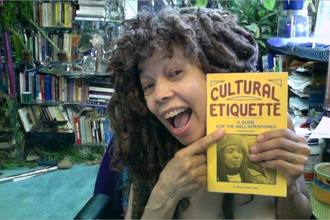 Amoja Three Rivers and her book.
Amoja Three Rivers and her book. First, there is the author herself: Amoja Three Rivers—teacher, healer, craftswomon, elder, lesbian, force of nature. Here is what she said about herself on her Facebook page:
I am an american-born African, Choctaw, Tsalagi, Ojibway Jew. I live in a magical 3-room rainforest with Schmuely, chatul katan sheli (my little cat). I love exploring the interesting sounds my mouth & throat can produce--like overtones, African yodels, melodic growls & throat singing. I'm into Judaism, buddhism, quantum physics, linguistics, speculative fiction, microbiology & history, especially Indigenous & African. Also, for brain-play, into dismantling social constructs like--time, space, race, money, boundaries & hierarchies. I LOVE music & dance of the Roma, the middle east, Africa, flamenco & salsa. I am one of the thousands of spiritual & cultural offspring of Michfest. And I need to know where to buy some med.-large realistic rubber(y) lizards & snakes. I'm serious. See rainforest ref. above.--Amoja Three Rivers
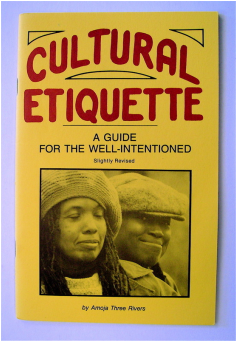
Second, there is the book itself: Cultural Etiquette: A Guide for the Well-Intentioned. The book is a miracle of user-friendliness… starting with the title, “Cultural Etiquette.” It cut right through the bullshit of the day. White liberals, for fear of saying the wrong thing, often self-censored, forfeiting valuable opportunities for establishing dynamic alliances with people of color. Meanwhile, this silence was being filled by aggressive rhetoric from conservative, mainstream racists who were attempting—and who still attempt—to frame cultural competency as a pandering to “political correctness.”
Three Rivers radically shifted that polarized paradigm with the title of the book. Etiquette is defined as a code of polite behavior. She was telling us that saying the wrong thing need not be a permanent moral indictment after all, but that it might just be a question of etiquette:
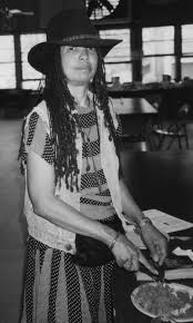 Three Rivers at Womonwriters in the 1990's
Three Rivers at Womonwriters in the 1990's It was possible for a person to be well-intentioned and ignorant, and that if one needed to go out and acquire the etiquette, this was no cause for shame or defensiveness. Furthermore, in addressing her book to the “well-intentioned,” she was assuming the best about us. Personally, I found that reassuring.
The book is brief. Again, user-friendly. For some, it was an invitation, piquing curiosity and offering a key to and language for further discovery. Others would use it as a kind of travelers’ guide to other cultures. We could carry it with us, refer to it, read it in its entirety in just a couple of hours.
Columbus didn’t discover diddly-squat. There were millions of Native Americans who have known for countless generations that what they were living on was land, and that where it was—was right here.--Amoja Three Rivers
Three Rivers walks her well-intentioned readers through spiritual appropriation, so-called “reverse racism,” separatism, assumptions, stereotypes, and double standards. Her epilogue is as direct, honest, and thoughtful as everything that came before:
Does reading this guide make you uncomfortable? Angry? Confused? Are you taking it personally? Well, not to fret. Racism has created a big horrible mess, and racial healing can sometimes be painful. Just remember that Jews and people of color do not want or need anybody’s guilt. We just wante people to accept responsibility when it is appropriate, and actively work for change.--Amoja Three Rivers.
Which leads me to that third reason for the popularity of the book: Word-of-mouth. Many of us began to buy multiple copies, whole bundles, to give to our friends. We shared it, we talked about it, we cited it. We wanted our friends to experience the same transformation that we had. It’s twenty-five years later, and I still feel the same zeal.
Amoja ThreeRivers died this week, surrounded by her many, many friends. She had been taking orders through the Cultural Etiquette Facebook page for the book. At this time, there are several of her friends and colleagues discussing the options for keeping the book in print and available. Check with the FB page (above), and I will also update this blog with info.
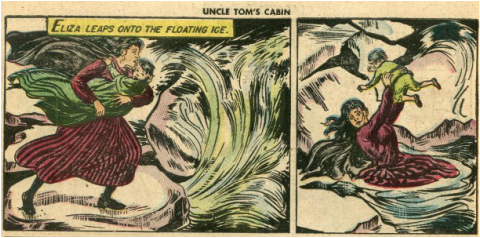
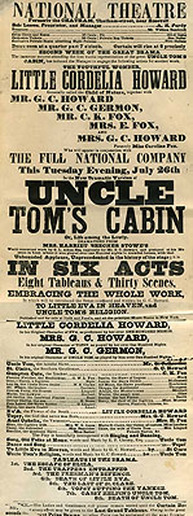
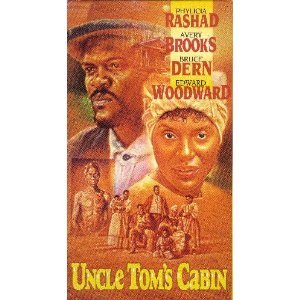
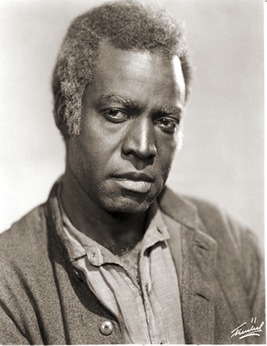
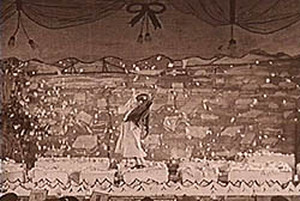
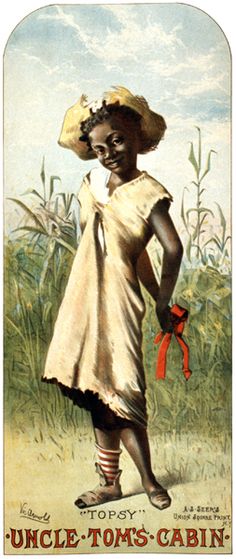
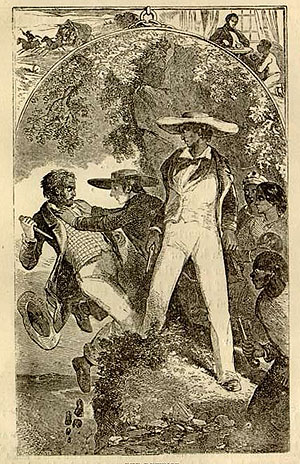
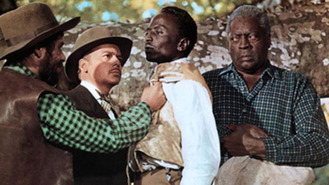
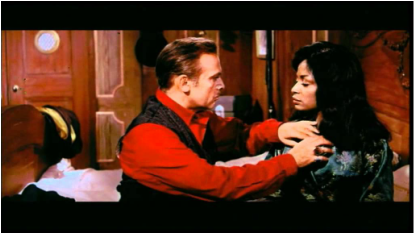
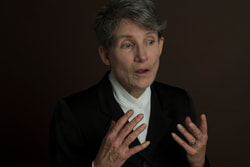
 RSS Feed
RSS Feed
